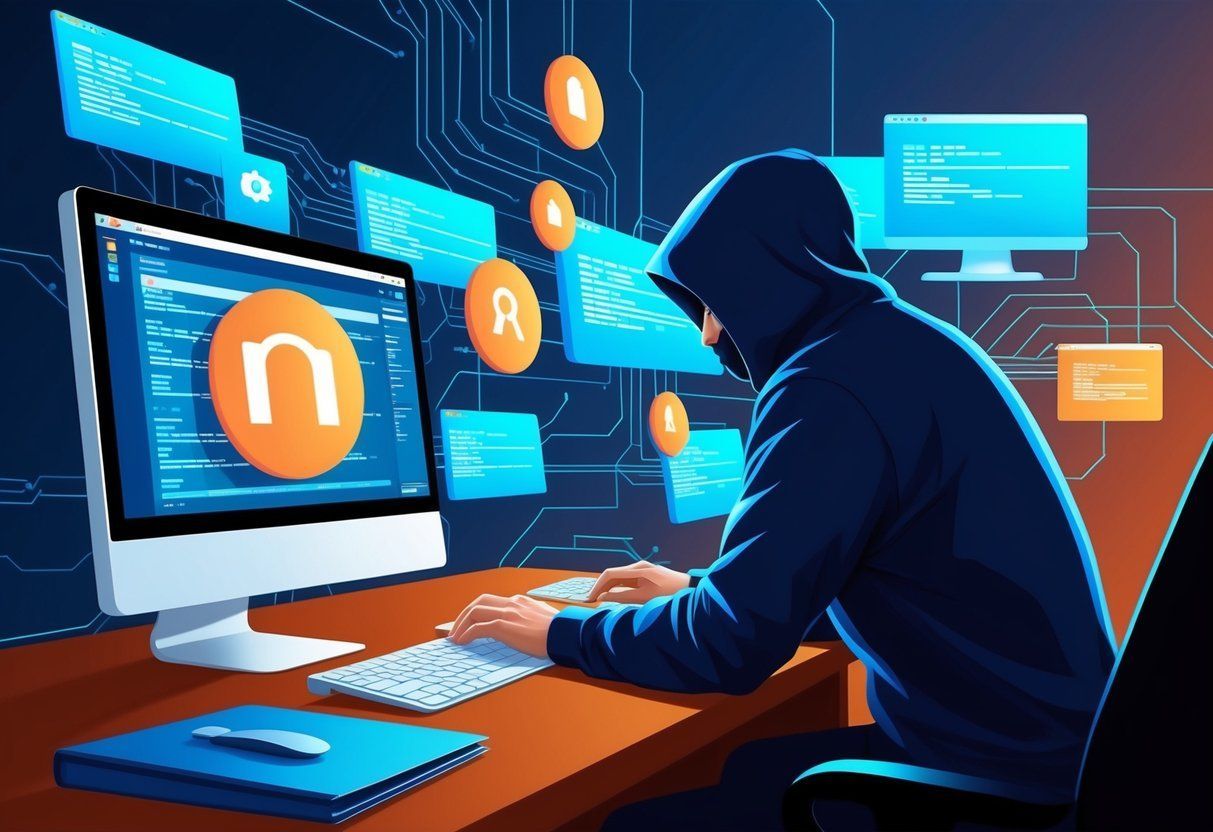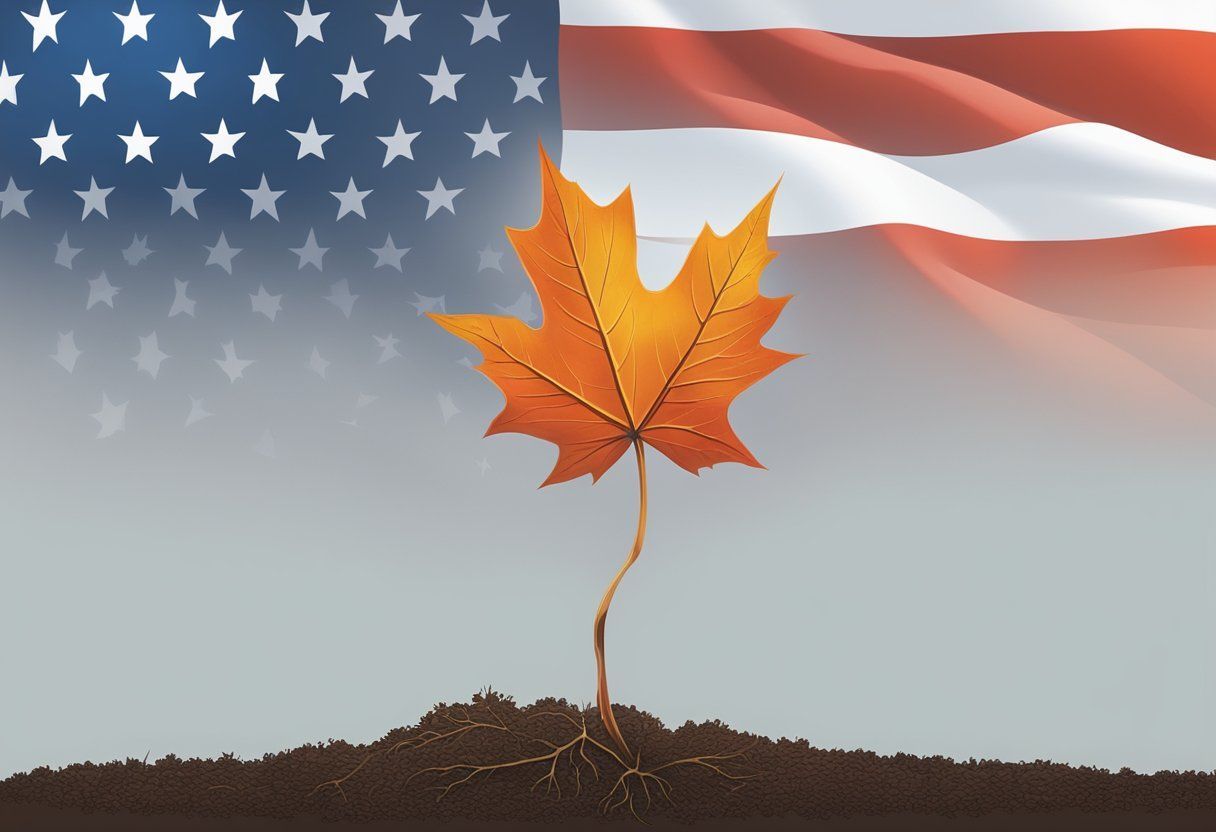Security oversight by .mobi domain registrar enables cheap exploit for partial TLD control
The world of domain names and internet security recently witnessed an alarming turn of events. A security researcher stumbled upon a vulnerability that allowed him to gain significant control over a top-level domain. This discovery highlighted the potential risks associated with expired domains and misplaced trust in the digital realm.

The incident involved the .mobi domain, which is used for websites optimized for mobile devices. A change in the location of the official WHOIS server for .mobi created an opportunity for a security researcher to exploit. By registering an expired domain that was previously linked to the WHOIS server, the researcher gained unexpected access to sensitive information and control over numerous servers.
Key Takeaways
- Expired domains can pose significant security risks if not properly managed
- Changes to critical internet infrastructure should be carefully monitored and communicated
- Small oversights in domain management can lead to large-scale security vulnerabilities
Trust Misplaced in Domain Systems
Domain registration systems play a crucial role in the functioning of the internet. Many organizations rely on these systems to verify domain ownership and manage online resources. But recent events have exposed significant flaws in this trust.
A cybersecurity researcher set up a server using an old domain name. Within hours, it received queries from over 76,000 unique IP addresses. Over five days, about 135,000 systems sent 2.5 million queries. The list of entities making these queries was surprising:
- Major domain registrars
- Online security tool providers
- Government agencies (US and international)
- Universities
- Certificate authorities
This revealed a widespread dependence on outdated or insecure systems. Many critical internet processes rely on potentially compromised information.
The domain name system has roots in the early days of the internet. It evolved from simple directories of network users into the complex WHOIS system used today. WHOIS provides key information about domain owners and administrators.
Despite its age, WHOIS remains essential for many internet functions:
- Legal proceedings (copyright claims, defamation cases)
- Anti-spam efforts
- Verification for SSL/TLS certificates
The ease with which a researcher could intercept millions of queries raises serious concerns. If this vulnerability was found by chance, it’s likely that well-funded groups actively seek and exploit similar flaws.
Key issues highlighted by this incident:
- Over-reliance on legacy systems
- Lack of verification for critical internet infrastructure
- Potential for widespread data interception
Internet governing bodies and domain registrars need to reevaluate security practices. Stronger safeguards are required to protect the integrity of domain information. Users should also exercise caution when trusting information from WHOIS and similar systems without additional verification.
This incident serves as a wake-up call for the internet community. It demonstrates the need for ongoing scrutiny and improvement of fundamental internet systems. As the online world grows more complex, so too must the security measures protecting its foundations.
Common Questions About Domain Security
What is WHOIS and how does it relate to domain protection?
WHOIS is a system that gives information about who owns a domain name. It helps keep domains safe by showing who controls them. People can look up details like the owner’s name and contact info. This makes it harder for bad actors to take over domains without anyone noticing.
How do criminals steal domain names?
Domain hijacking happens when someone takes control of a domain without permission. Thieves might guess weak passwords or trick the owner into giving away login info. They could also exploit flaws in how registrars manage domains. Once stolen, criminals can use domains for scams or sell them for profit.
What safety measures do domain companies use?
Domain registrars use several methods to keep accounts secure:
- Two-factor authentication
- Login alerts
- IP address checks
- Strict password rules
- Account activity monitoring
These tools make it harder for unauthorized people to access domain accounts.
How can domain owners protect their web addresses?
Domain owners should:
- Use strong, unique passwords
- Turn on two-factor authentication
- Keep contact info up-to-date
- Use domain locking features
- Monitor their domains regularly
- Choose a reputable registrar
Taking these steps helps prevent theft and unauthorized changes.
What should you do if you think your domain was stolen?
If you suspect domain theft:
- Contact your registrar right away
- Check your domain’s WHOIS info
- Review recent account activity
- Change all related passwords
- File a complaint with ICANN if needed
- Consider legal action in serious cases
Quick action is key to recovering a stolen domain.
What problems could happen with poor security in the .mobi registry?
- Identity theft of domain owners
- Websites being redirected to scams
- Email hijacking for fraud
- Loss of business and reputation
- Spread of malware through trusted sites
- Erosion of trust in .mobi domains
Good security practices are crucial to protect the whole .mobi ecosystem.
Building better solutions for better business®




